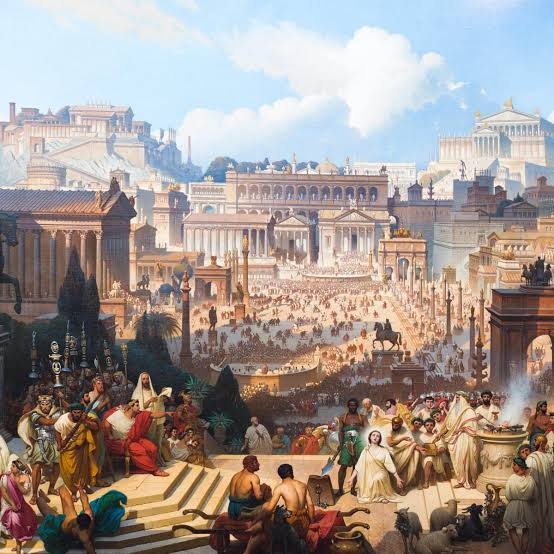The Eternal Influence: Exploring the Enduring Impact of Ancient Iraqi Civilizations on Art and Architecture
The Eternal Influence: Exploring the Enduring Impact of Ancient Iraqi Civilizations on Art and Architecture
The ancient Iraqi civilizations have left an indelible mark on the world of art and architecture. Their artistic achievements and architectural marvels continue to inspire and influence artists, architects, and designers to this day. From the Sumerians and Babylonians to the Assyrians and Persians, the legacy of these ancient civilizations resonates through the ages, shaping the aesthetics and techniques in various art forms and architectural styles.
One of the most significant contributions of ancient Iraqi civilizations to the realm of art is their mastery of sculpture. The Sumerians, for instance, were renowned for their intricate and detailed sculptures, depicting gods, rulers, and mythological figures. These sculptures exhibited a high level of skill and craftsmanship, capturing the human form with remarkable realism. The influence of Sumerian sculpture can be seen in subsequent civilizations, with artists adopting similar techniques and incorporating them into their own artistic traditions.
The architectural achievements of ancient Iraq are equally impressive. The Babylonians, in particular, were celebrated for their grand architectural projects, such as the Hanging Gardens of Babylon and the monumental city gates. These structures showcased advanced engineering skills and innovative design concepts. The Babylonian ziggurats, massive stepped temples dedicated to the worship of deities, were awe-inspiring architectural marvels that influenced later architectural styles, including the stepped pyramids of the Maya civilization.
Another notable example is the Assyrian civilization, renowned for its palaces adorned with intricate relief carvings. These carvings depicted scenes of battles, hunting expeditions, and royal ceremonies, showcasing a mastery of composition and storytelling. The artistic style of Assyrian reliefs, characterized by detailed human and animal figures, had a profound impact on subsequent art movements.
In addition to sculpture and architecture, ancient Iraqi civilizations made significant contributions to other art forms as well. The art of cuneiform writing, developed by the Sumerians, revolutionized communication and paved the way for the development of written languages. The intricate decorative motifs and patterns found in ancient Iraqi pottery and jewelry continue to inspire contemporary artists and designers, who draw inspiration from their aesthetic beauty and symbolism.
The enduring influence of ancient Iraqi civilizations on art and architecture can also be seen in modern restoration efforts. Archaeologists and historians work tirelessly to preserve and restore the remnants of these ancient civilizations, ensuring that their artistic and architectural achievements are not lost to time. The study of ancient Iraqi art and architecture provides valuable insights into the cultural, religious, and social aspects of these civilizations, allowing us to appreciate their contributions and learn from their techniques and aesthetics.
In conclusion, the ancient Iraqi civilizations have left an enduring impact on the world of art and architecture. Their mastery of sculpture, innovative architectural designs, and artistic traditions continue to inspire and shape the artistic landscape today. From the monumental structures of Babylon to the intricate reliefs of the Assyrians, the artistic achievements of these ancient civilizations serve as a testament to their rich cultural heritage and serve as a constant source of inspiration for artists, architects, and art enthusiasts worldwide.




Comments
Post a Comment